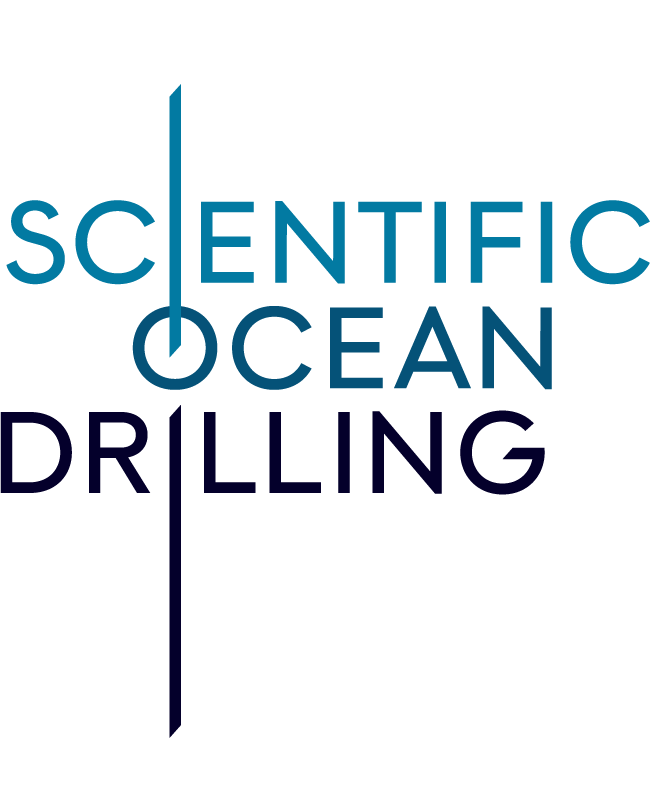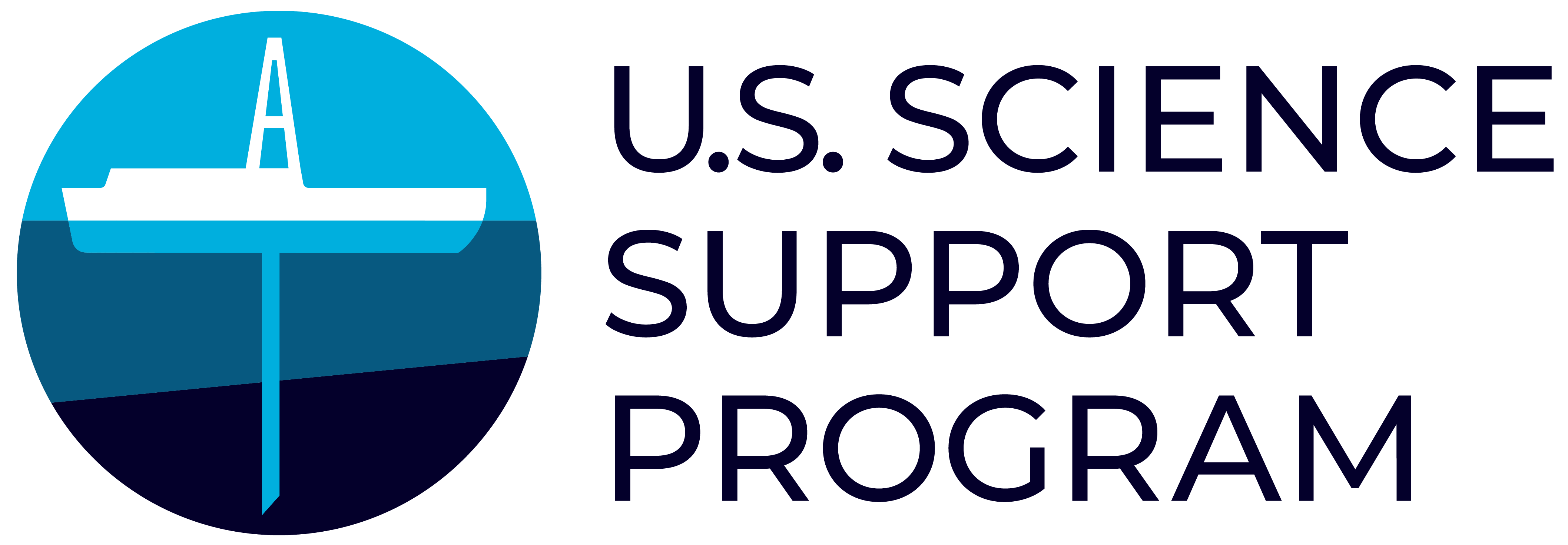Molly Patterson
Binghamton University SUNY
2024-2025 Distinguished Lecturer
Catchment sensitivities of the West and East Antarctic Ice Sheets to orbital forcing during the Mid- to Late Pleistocene
 The Antarctic ice sheet appears as a large, massive homogenous blob on most maps, yet some computer models predict there is considerable variability with respect to how the ice sheet may change under various warming scenarios due to different Earth systems processes. Sediment records recovered from the ice margin during ocean drilling expeditions associated with the International Ocean Discovery Program (IODP) and its predecessor programs can help provide some insight on the causes of Antarctic ice sheet variability. Such insight is fundamental towards understanding some of the sensitivities of how the ice sheet might respond to future climate change.
The Antarctic ice sheet appears as a large, massive homogenous blob on most maps, yet some computer models predict there is considerable variability with respect to how the ice sheet may change under various warming scenarios due to different Earth systems processes. Sediment records recovered from the ice margin during ocean drilling expeditions associated with the International Ocean Discovery Program (IODP) and its predecessor programs can help provide some insight on the causes of Antarctic ice sheet variability. Such insight is fundamental towards understanding some of the sensitivities of how the ice sheet might respond to future climate change.
Geochemical records from the deep, which reflect past changes in ice volume and global temperature, demonstrate clear oscillations in ice volume that were paced by astronomical variations. Such astronomical variations involve eccentricity (the shape of Earth’s orbit, ~400 and 100 thousand year cycles, kyr), obliquity (tilt of Earth’s axis, ~41 kyr), and precession (wobble of Earth’s axis, ~20 kyr) cycles. While geological records recovered from the Antarctic margin also demonstrate this, the exact mechanisms for how orbital forcing impacts ice sheet mass balance, including regional sensitivities of ice sheets to marine and terrestrial climate feedbacks, remain elusive. I will present two high-resolution mid-Pliocene to Early Pleistocene (~3.3 to 2.3 Ma) records of iceberg-rafted debris recovered from the West Antarctic Ice Sheet (WAIS) Ross Sea margin and the East Antarctic Ice Sheet (EAIS) Wilkes Land margin collected during IODP Expeditions 374 and 318, respectively. These results suggest that different sectors of marine-based margins of Antarctica’s ice sheets have different sensitivities to various climate and oceanic feedbacks resulting from astronomical variations. Our findings ground-truth computer modelling experiments that highlight large spatial variability in the response of Antarctica’s ice sheet to future warming, and that sensitivities of the ice sheet to atmospheric and marine forcing differ in each catchment.
Dr. Molly Patterson is an Associate Professor in the Department of Earth Sciences at Binghamton University in New York. Much of her career has been driven by a keen interest in better understanding the interactions between the Southern Ocean and the Antarctic Ice Sheet and its downstream influence on the global ocean. This interest began as an undergraduate researcher, when she examined diatoms from Holocene Southern Ocean records while undertaking a B.A. in Geology at Colgate University. Her M.S. thesis at Southern Illinois University of Carbondale focused on examination of foraminifera assemblages from the Antarctic DRILLing Project (ANDRILL) Southern McMurdo Sound Project (AND-2A). Her M.S. experience introduced her to working with large international science teams. She then conducted a Ph.D. at Victoria University of Wellington with researchers in the Antarctic Research Centre in New Zealand. As a Ph.D. student she was first exposed to the ocean drilling program as a part of her thesis work, which involved both legacy core material recovered adjacent to New Zealand, as well as newly recovered material from the Wilkes Land Margin of Antarctica associated with IODP Expedition 318. As a post-doctoral researcher at the University of Massachusetts Amherst, she developed a strong interest in better understanding the connections between Northern Hemisphere and Southern Hemisphere climate systems working with the Lake El’gygytgyn group there. Molly has participated as a shipboard scientist on IODP Exp. 374 to the Ross Sea. She has also served as a panelist on the IODP Science Evaluation Panel (SEP).
LECTURE SCHEDULE
- October 25, 2024 — Calvin University, Grand Rapids, MI
- November 1, 2024 — University of California Santa Cruz, Santa Cruz, CA
- February 19, 2025 — Wesleyan University, Middletown, CT
- February 20-21, 2025 — George Mason University, Fairfax, VA
- February 28, 2025 — University of Massachusetts Amherst, Amherst, MA
- March 21, 2025 — Virginia Tech, Blacksburg, VA
- March 28, 2025 — Indiana University of Pennsylvania, Indiana, PA
- April 11, 2025 — The University of Texas at Austin, Austin, TX






